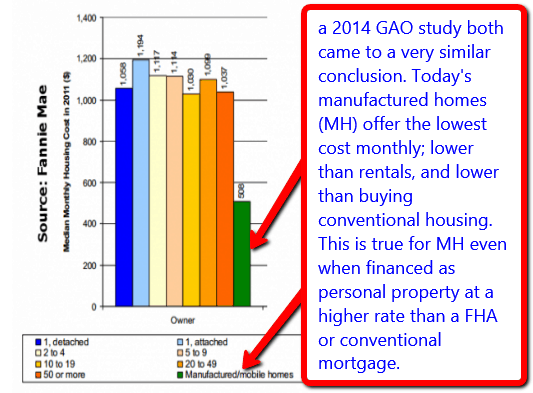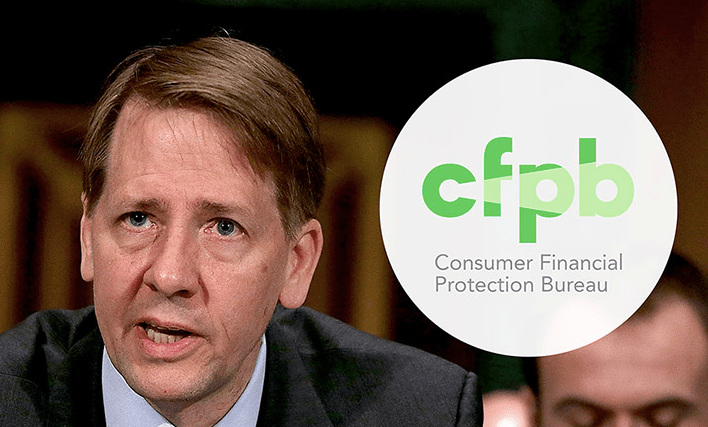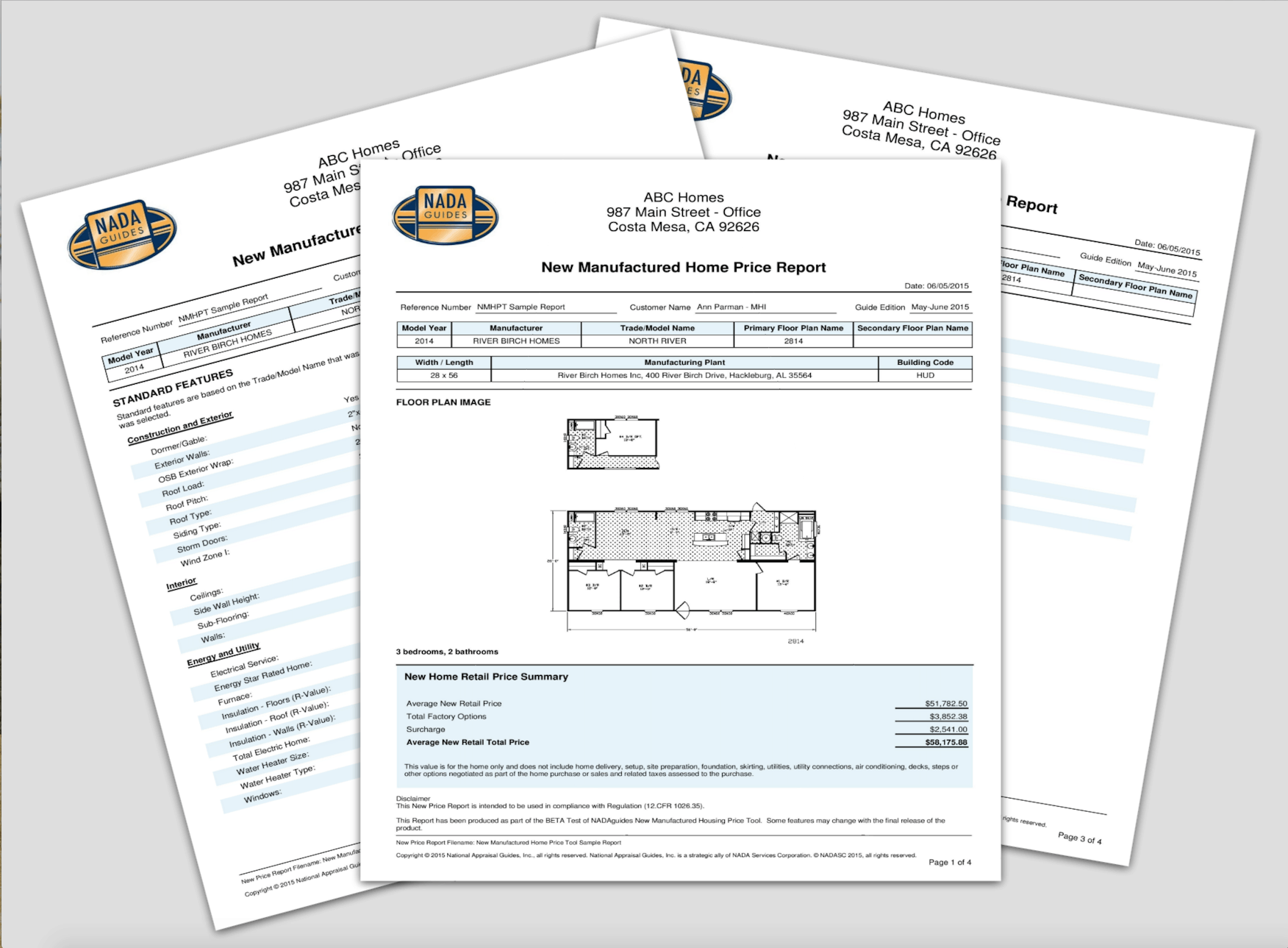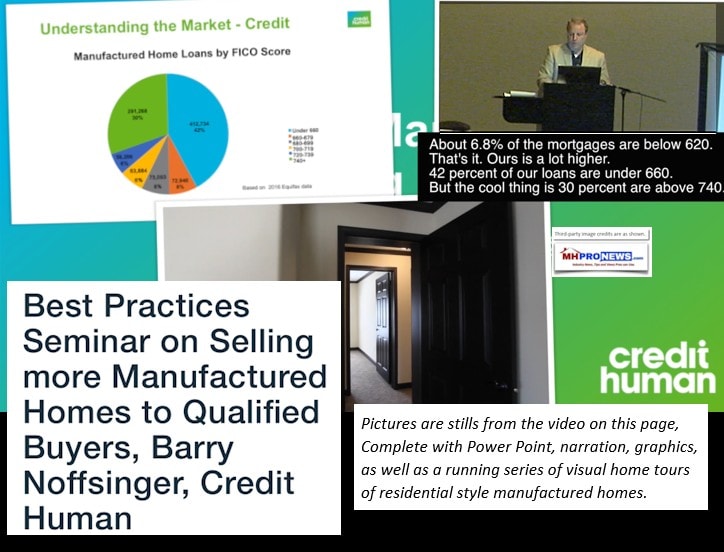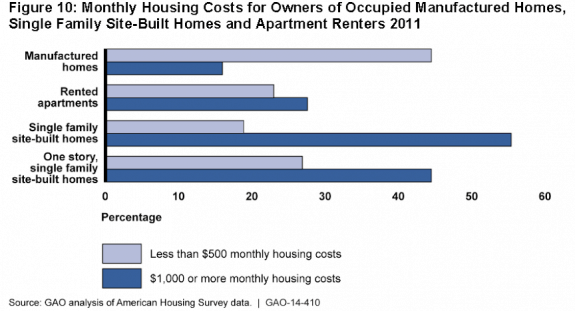What is Floor Plan Financing?
In its commitment to provide small businesses with the tools and resources needed to survive the current economic crisis, the Small Business Administration (SBA) is offering the Dealer Floor Plan (DFP) financing pilot program. Floor plan financing is a revolving line of credit that allows the borrower to obtain financing for retail goods. These loans are made against a specific piece of collateral e.g., an auto, RV, manufactured home, etc.). When each piece of collateral is sold by the dealer, the loan advance against that piece of collateral is repaid.
In short, Dealer Floor Plan financing allows dealers to borrow against retail inventory. The dealer then repays that debt as they sell their inventory and borrows against the line of credit to add new inventory.
To date, only automobile dealers, along with marine and recreational vehicle businesses have taken advantage of the program, which has eluded manufactured home retailers.
The minimum loan amount for the program is $500,000 and the maximum loan amount is $2 million. That upper limit is something Grady Hedgespeth, director of financial assistance at the SBA, says his outreach has found to be problematic in getting more retailers to apply.
“While that meets the need of a number of dealers, you can imagine a need of a floor plan line in excess of that,” Hedgespeth says.
That may be true for automobile dealers, but for a manufactured housing retailer, an upper limit of $2 million would be plenty, according to Kenny Shipley, co-founder and president of Legacy Homes in Fort Worth, Texas.
The reasons for lack of participation by manufactured home retailers are many. Some retailers cite a high minimum loan amount, excessive reporting requirements and a large upfront cash requirement. Meanwhile, others say they just haven’t heard about it.
“Half a million to a million bucks would get you fixed up,” says Shipley whose company also provides floor plan financing. “I’m kind of surprised (no manufactured home retailers have taken advantage of the SBA program. The options for floor plan financing are pretty slim.”
“I got excited when they first announced it,” says Doug Gorman at Home-Mart in Tulsa, Oklahoma explaining, however, that the devil was in the details.
“Typically floor plan financing covers 100 percent,” Gorman says, noting that the SBA program covers 60-75 percent. “If I have a million worth of inventory then I have to come up with a quarter million in cash, there are few retailers who have deep pockets like that. If I could do that, I’d buy a quarter million dollars of inventory and that would be what I’d have.”
The $500,000 minimum, Gorman says, doesn’t make sense, but isn’t what’s keeping manufactured home retailers from utilizing the program.
“I don’t know why they need a minimum,” Gorman comments, “but that’s the least of its problems.” Also problematic along with the cash requirement, Gorman says, is a requirement to close out the books and report at the beginning of every month.
Gorman says as stimulus for small business, the program has a lot to be desired.
Greg McClanahan, whose start-up operation Lifestyle Homes of the Southwest, has a different perspective. McClanahan says a floor plan in the $500,000 to $1,000,000 is “right on target.”
McClanahan has worked in the industry since 1994 and started his first retail operation in 1997. In that time he was successful at negotiating an agreement to offer Fleetwood homes through Sam’s Club. He also sold a successful retail business, Rocky Mountain Housing, to the Southern Ute Indian Tribe. That business now operates as Innovative Homes.
McClanahan says the bigger issue is communication: No one he knows in the Southwest region is familiar with the SBA floor plan financing program.
“My opinion of the lack of use of SBA programs is often due to the fact that few know about their availability, me included,” McClanahan says. “The SBA is not good at communicating or advertising their programs. If they were a private sector organization, advertising would be splattered all over the industry. You often have to find out about federal programs by accident or through articles like this one. I imagine after retailers see this option reported on, their number of inquiries will dramatically increase; I’ll be one of their callers!”
Time is short to take advantage of the DFP loans.
Opportunities to take advantage of the financing opportunity are running out. Set to expire at the end of the third quarter, the sun will set on the program September 30, unless Congress acts to renew it.
- In the event the program isn’t renewed, those in will be financed through the completion of the five-year loan term.
- The program will continue for those applying and receiving approval before the September 30 expiration.
- No new applications will be accepted after September 30 unless the program is renewed.
In order to extend the program, a bill currently under consideration, the Dealer Floor Plan Program Extension and Improvement Act of 2010, must be passed. Introduced in the House of Representatives by Joe Donnelly (D-IN) and Fred Upton (R-MI) the act would extend the program for five years and address some retailer concerns. It would raise the government guarantee from 60-75 percent to 90 percent and give the SBA the authority to revise the program to address barriers to participation by lending institutions and dealers after consulting with representatives from these industries.
In February, Congressman Donnelly hosted an event with members of the RV, auto, and marine industries as well as lenders to discuss how the pilot program was going and what could be done to improve it. From these and other conversations with the affected industries, Donnelly and co-sponsor Upton heard that the program would be more successful if lenders knew the program would extend past September 30 and if the government’s guarantee was greater.
The bill is currently being reviewed by the House Committee on Small Business.
Who makes the DFP loans available?
Hedgespeth says the loans are not available directly through the SBA and that interested manufactured home retailers should inquire at a community bank. The program, he says, seems to be stronger in rural communities. It’s there that lenders are often more willing to take a risk even if they don’t have experience in floor plan lending because they know the borrower.
Hedgespeth says larger national lenders have not participated and some community banks are also reluctant. Only a small subset of the banking world entertains floor plan lending.
“Floor plan lending is a unique sub-category of asset-based lending. It requires a greater level of due diligence in underwriting and servicing the loan,” Hedgespeth says, explaining the reluctance on the part of lenders. “You have to actually go out and physically count the inventory because your collateral can literally just role away.
“We wanted to be able to empower banks who wouldn’t normally do a floor plan loan to take an appropriate risk on a business they have faith in and might want to help them go to a new business model – from a new car franchise to used car dealer.
“That’s been the lion’s share of the kind of floor plan lending done so far under the SBA program.”
Rates on the loans vary with a maximum about 2.25 over prime. A list of participating banks is not available because most banks in the program were limited to servicing existing customers.
To make a difference in extending the DFP program, contact your congressman at “Write Your Representative.” U.S. Senators may be contacted here.















